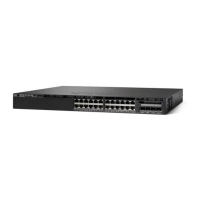
Do you have a question about the Cisco Catalyst 3650 and is the answer not in the manual?
| Switching Capacity | 160 Gbps |
|---|---|
| Uplink Interfaces | 4 x 1G SFP or 2 x 10G SFP+ |
| Device Type | Switch |
| Form Factor | Rack-mountable |
| Layer | Layer 3 |
| DRAM | 4 GB |
| Flash Memory | 4 GB |
| Operating System | Cisco IOS XE |
| Model | Catalyst 3650 |
| Ports | 24 or 48 10/100/1000 Ethernet ports |
| Stacking | Yes |
| Power over Ethernet (PoE) | Yes |
| Power Supply Options | 350W AC |
| VLANs | 4094 |
Provides essential information about navigating and utilizing the Cisco IOS Command Line Interface.
Details the different operational modes within the Cisco IOS CLI, influencing command availability.
Explains how to use the question mark (?) and help commands to get assistance with CLI commands and syntax.
Guides users on leveraging the CLI for device configuration, including command history management.
Covers methods for accessing the Cisco IOS Command Line Interface via console, Telnet, or SSH.
Outlines the system requirements and browser compatibility for accessing the device's web GUI.
Provides an overview of the graphical user interface and its accessibility via service or management interfaces.
Details the physical connection process for accessing the device via its console port.
Explains how to enable HTTP and HTTPS access for the device's web-based management interface.
Guides through the initial configuration of the device using the web GUI and its configuration wizard.
Directs users to resources for the latest feature information and software image support.
Explains the Internet Group Management Protocol (IGMP) and its role in IP multicasting.
Details the differences and interoperability between IGMP versions 1, 2, and 3.
Describes how IGMP snooping constrains multicast traffic by examining IGMP packets on Layer 2.
Provides procedures for configuring IGMP, including joining groups and controlling access.
Presents the default settings for IGMP features like version, query intervals, and snooping.
Guides users to find the latest feature information and caveats for IGMP Proxy.
Explains IGMP proxy functionality for hosts in UDLR environments not directly connected to a downstream router.
Provides tasks for configuring IGMP proxy support, including upstream and downstream device setup.
Offers practical examples of IGMP proxy configurations for UDLR scenarios.
Directs users to resources for the latest feature information and caveats for this module.
Explains how IP multicast traffic is handled in Layer 2 switches using CGMP, RGMP, and IGMP snooping.
Describes IGMP snooping as a Layer 2 mechanism to constrain multicast traffic.
Explains RGMP as an IP multicast constraining mechanism for router-only network segments.
Provides procedures for configuring switches for IP multicast and enabling CGMP or IGMP snooping.
Guides users to find the latest feature information and caveats for PIM configuration.
Explains Protocol-Independent Multicast (PIM) and its role in IP multicast forwarding.
Details PIM operation modes: dense, sparse, and sparse-dense.
Describes the PIM stub routing feature for reducing resource usage and moving routed traffic closer to users.
Provides procedures for configuring PIM, including enabling PIM stub routing and rendezvous points.
Explains methods for configuring a rendezvous point (RP) for PIM sparse-dense mode groups.
Lists privileged EXEC commands for monitoring PIM configurations and status.
Directs users to resources for the latest feature information and caveats for PIM MIB extensions.
Explains PIM MIB extensions for SNMP traps and introduces new PIM notification classes.
Highlights the advantages of PIM MIB extensions for monitoring multicast topology and routing issues.
Provides tasks for enabling PIM MIB extensions to generate SNMP notifications for PIM events.
Guides users to find the latest feature information and caveats for MSDP configuration.
Explains MSDP's role in discovering multicast sources across PIM-SM domains and its benefits.
Details the four basic MSDP message types: SA, SA Request, SA Response, and Keepalive.
Describes the process of SA message origination, receipt, and RPF check rules in MSDP.
Explains MSDP neighbor relationships, TCP connections, and keepalive message behavior.
Details how to enable MD5 password authentication for secure TCP connections between MSDP peers.
Provides the primary task for interconnecting multiple PIM-SM domains using MSDP.
Lists privileged EXEC commands to monitor MSDP SA messages, peers, state, and peer status.
Suggests related configurations for IP multicast and optimization processes.
Directs users to resources for the latest feature information and caveats for wireless multicast.
Lists limitations for configuring IP multicast routing in wireless environments.
Explains wireless multicast in unicast and multicast modes and its support for IGMP/MLD.
Provides procedures for configuring wireless multicast modes like MCMC and MCUC.
Lists commands for monitoring wireless multicast status, groups, and mappings.
Suggests related configurations for IP multicast optimization and other protocols.
Directs users to resources for the latest feature information and caveats for SSM.
Outlines requirements for configuring SSM, including IP multicast routing and PIM sparse mode.
Explains Source Specific Multicast (SSM) as an extension of IP multicast for receiver-joined traffic.
Provides procedures for configuring SSM, including commands for source-specific multicast.
Describes how SSM services work, including support for IGMPv3 and PIM-SM.
Details the advantages of SSM, such as simplified IP address management and DoS attack prevention.
Explains SSM mapping for delivering video to legacy STBs and applications not supporting IGMPv3.
Directs users to resources for the latest feature information and caveats for IP multicast routing.
Lists requirements for IP multicast routing, including IP Services feature set and PIM configuration.
Explains IP multicasting efficiency for bandwidth-intensive services like audio and video.
Provides procedures for enabling IP multicast routing and configuring PIM modes.
Details how to configure the Multicast Forwarding Information Base (MFIB) for IP multicast forwarding.
Lists commands for clearing IP multicast caches, tables, and databases for maintenance.
Explains how to define administrative boundaries to limit multicast traffic forwarding.
Directs users to resources for the latest feature information and caveats for Service Discovery Gateway.
Explains mDNS features for zero-configuration addressing, naming, and service discovery.
Describes the Service Discovery Gateway feature for operating mDNS across Layer 3 boundaries.
Provides procedures for configuring service lists, filters, and mDNS gateway settings.
Lists commands for monitoring mDNS requests, cache, and statistics.
Provides references to related documents for further information on Service Discovery Gateway.
Directs users to resources for the latest feature information and caveats for PIM sparse mode optimization.
Outlines requirements for optimizing PIM sparse mode, including network setup and access lists.
Explains PIM registering process, version compatibility, and designated router functions.
Provides tasks for optimizing PIM sparse mode, including register rate limits and SPT thresholds.
Directs users to resources for the latest feature information and caveats for multicast subsecond convergence.
States that service providers need a multicast-enabled core for this feature.
Explains the benefits of subsecond convergence, including improved service availability and efficiency.
Provides tasks for configuring multicast subsecond convergence, such as modifying RPF check intervals.
Guides users on how to display and verify the configuration of the Multicast Subsecond Convergence feature.
Directs users to resources for the latest feature information and caveats for ECMP load splitting.
Explains load splitting versus load balancing and default behavior with multiple equal-cost paths.
Describes methods for load splitting IP multicast traffic, including ECMP and tunnel consolidation.
Provides tasks for enabling ECMP multicast load splitting based on source address.
Guides users to enable ECMP load splitting based on source address using the S-hash algorithm.
Provides examples for enabling ECMP multicast load splitting based on source, group, and next-hop address.
Directs users to resources for the latest feature information and caveats for SSM channel filtering.
States that IP multicast must be enabled using the 'Configuring Basic IP Multicast' module.
Explains rules governing the 'ip multicast boundary' command for control plane filtering support.
Provides procedures for configuring multicast boundaries using access lists and interfaces.
Offers examples for configuring multicast boundaries to permit and deny traffic.
Directs users to resources for the latest feature information and caveats for PIM Dense Mode State Refresh.
Requires PIM dense mode to be enabled on an interface before configuring this feature.
Explains PIM Dense Mode State Refresh, its benefits, and how it reduces network bandwidth usage.
Provides procedures for configuring PIM Dense Mode State Refresh, including origination interval.
Shows how to monitor and maintain PIM Dense Mode State Refresh using debug and show commands.
Directs users to resources for the latest feature information and caveats for IGMP State Limit.
Requires IP multicast routing and ACLs to be configured before setting IGMP state limits.
Explains the IGMP State Limit feature for imposing limits on mroute states from IGMP membership reports.
Provides procedures for configuring IGMP state limiters globally and per interface.
Details how to configure IGMP state limiters, including global and per-interface limits.
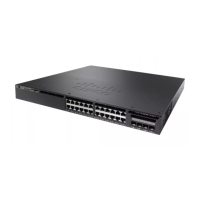
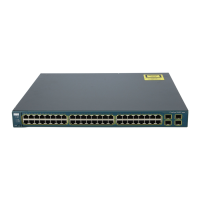
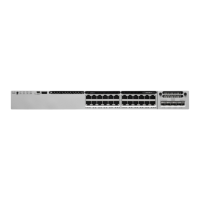

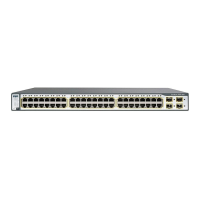

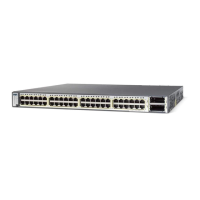
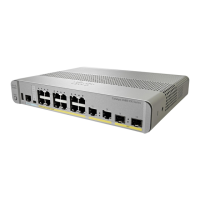

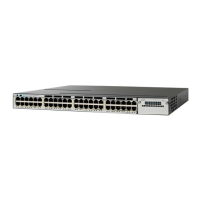

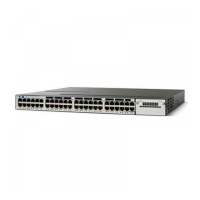
